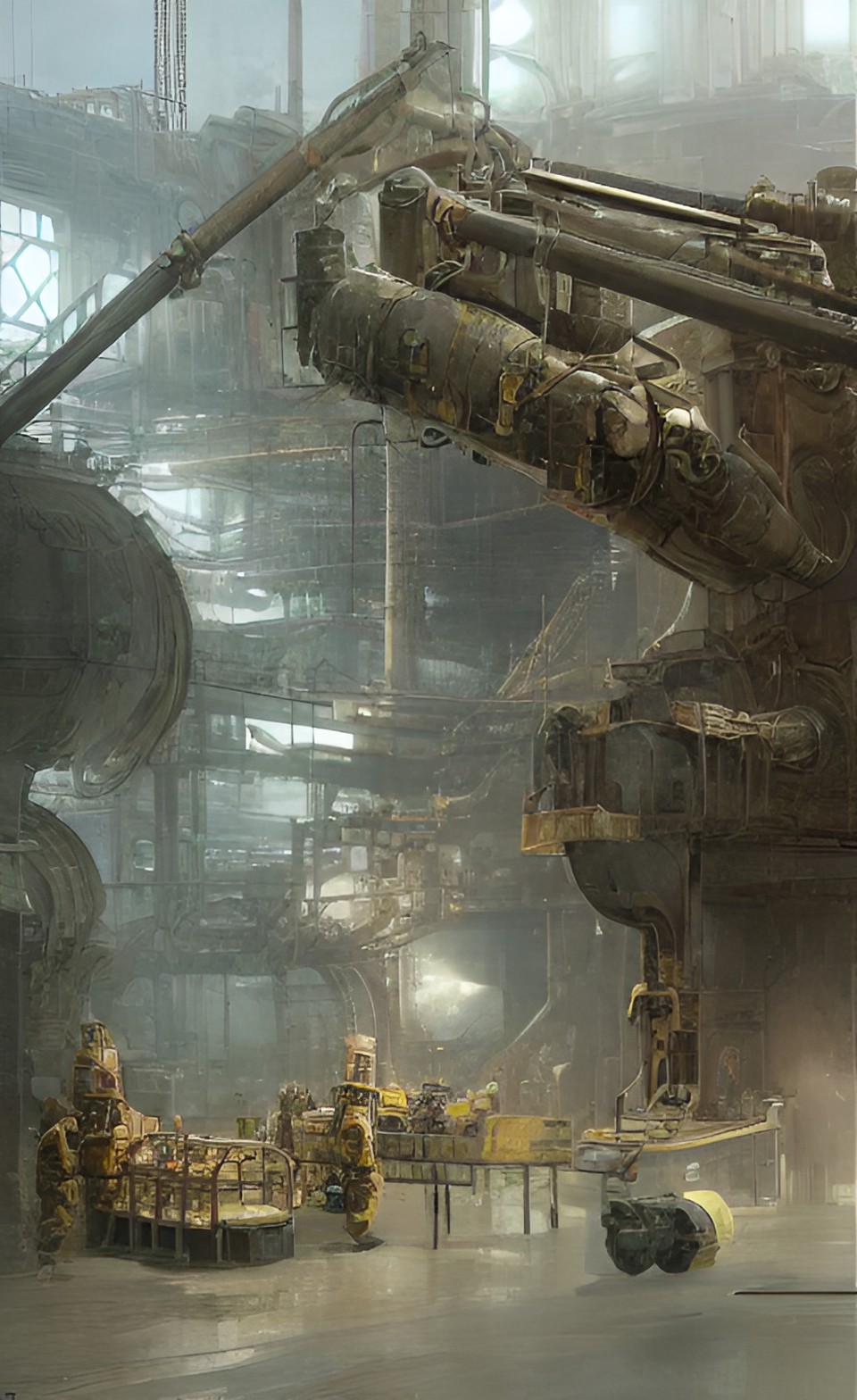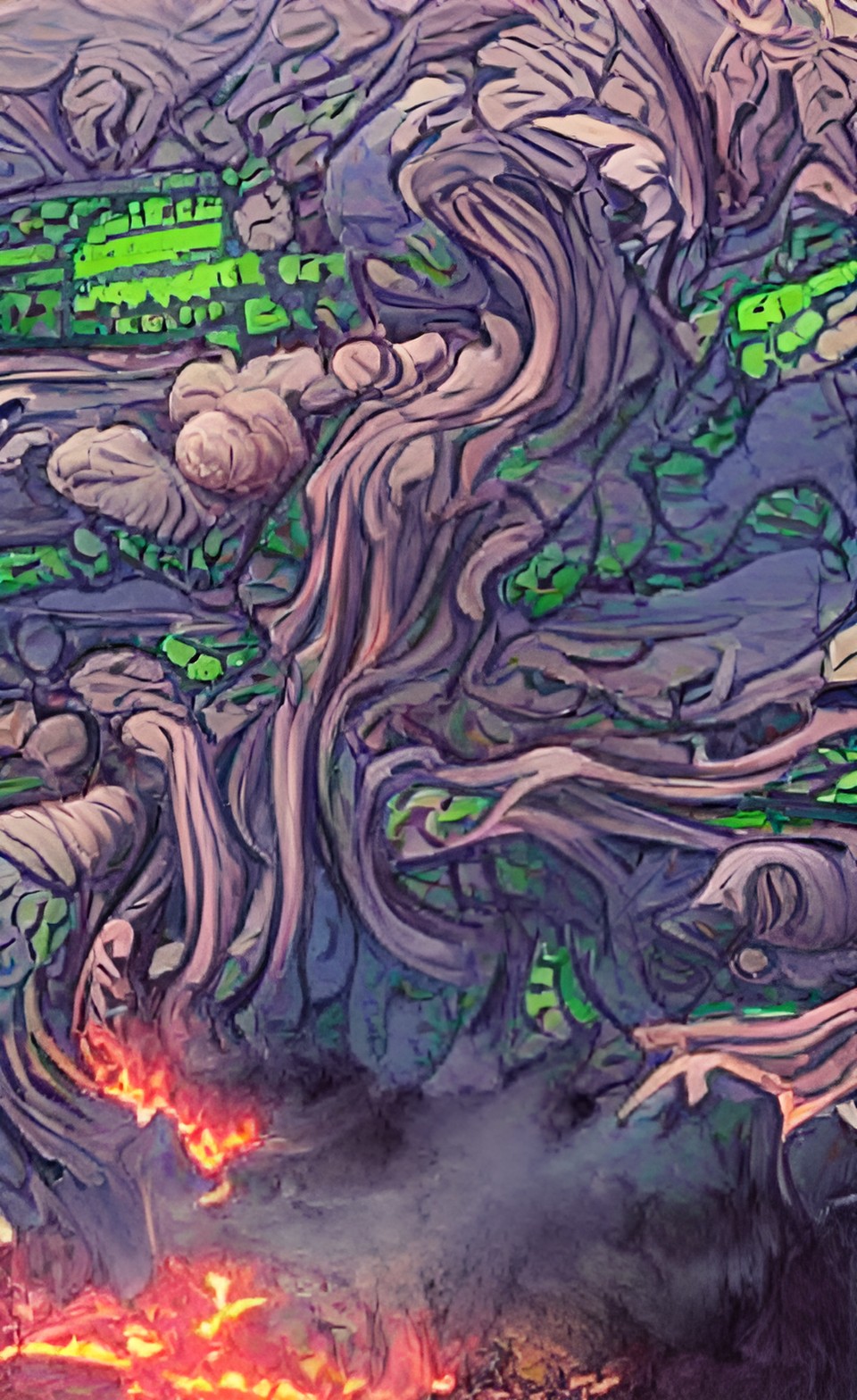- Air Homepage
- Alberta Air Quality
- Prevention of Air Pollution
- Air Emissions Reporting
Help with the Complexities of Industrial Air Emissions Reporting
Here's an explanation of industrial air emissions reporting. Would you like to know how industry in your area tracks and manages pollutants released into the atmosphere and keeps you safe? How do air quality standards help? This article might give you confidence in our industries if you're concerned about environmental impacts.
AEIR Section 7, Non-Point Source Reporting - How do you classify and report dust from your dirt piles, fumes from your storage tanks, or exhaust from your onsite vehicles? Unlock the definitive guide to classifying, locating, and detailing every non-point source for a compliant Annual Emissions Inventory Report.
 Reporting emissions
Reporting emissionsMonitoring and regulating pollutants released into the atmosphere can be easier when data collection, classification, and reporting methods are used. Using the approach outlined below ensures environmental compliance, safeguards public health, and facilitates informed decision-making.
It then becomes easier to manage resources and control pollution. As a result of detailed tracking and analysis, industrial firms can identify, categorize, and document air pollution sources in a more useful manner. By doing so, we can collectively understand the environmental impacts and take proactive measures to mitigate pollution and protect air quality.
Understanding and managing industrial air emissions is key to protecting the environment. The article explains how industries track, classify, and report pollutants to meet air quality standards. Monitoring and controlling emissions can help industries contribute to a cleaner environment.
This article shows how these practices help maintain environmental sustainability. Get involved in this process for a healthier future. Remind yourself how important accurate emissions reporting is and your role in environmental stewardship by reviewing it or the AEIR standard every so often.
Section 7.0 - Information for non-point sources (Steps 7a - c)
The following article is part of a series on air emissions reporting, as outlined in the Alberta Annual Emissions Inventory Report (AEIR) procedure. In Section 6, we discussed point sources such as exhaust stacks and flares, while here in section 7, we discuss other types of sources such as fires, dirt piles, and ponds.
7.1 - Identifying non-point sources for air emissions reporting
Let's break this down...
7a: Identifying non-point sources - In order to prepare the AEIR (Annual Emission Inventory Report), we have to figure out which parts of the industrial operation release stuff in the air. These parts are either air emission non-point sources (below) or air emission release points. (Sec 6)
What are Non-Point Sources?
Non-point sources are places or things in an industrial operation that emit substances into the air, but they're hard to count. Maybe they're too small, too big, too spread out, moving around, or just too many. Non-point sources include areas where materials are handled, vehicles on site, dust from roads, heating systems, and storage tanks.
 Analyzing emissions from facilities
Analyzing emissions from facilitiesHere's what we've got to do. We'd like to make sure all the places where substances can be released into the air are listed in the industrial operation's approval documents (Alberta's EPEA approval). Some non-point sources are listed, but not all. Non-point sources might not even be mentioned.
There might be extra non-point sources that got approved later or were added by the director. For finding these sources, we look at the documents and models used for getting the industrial operation's approval.
Non-point sources can be monitored by industrial operations to see what they're emitting. Reports to the National Pollutant Release Inventory can do the same. Manufacturers and suppliers of industrial equipment and materials can sometimes tell us what might be emitted.
It's important to know what these non-point sources are emitting. Later, we'll figure out how much is being released.
Just remember, non-point sources don't get removed from previous AEIRs unless they've been permanently shut down. You decommission them instead. Even if non-point sources don't emit much, we still include them. When emissions are too small to report, there are flexible rules.
 Environmental monitoring and emissions
Environmental monitoring and emissionsWe include new sources once they're planned and approved. Even if they're not ready to operate. If they're not approved yet, we don't need to list them.
Some big collections of sources might be hard to count separately (such as earth-moving equipment), so we group them together. Usually, we estimate their emissions separately. Keeping track of what goes into the air from industrial operations is crucial for environmental monitoring and regulation.
Gathering information from non-point sources for air emissions reporting (Step 7b)
Step 7b of preparing the AEIR is all about collecting air emissions reporting info about those non-point sources we identified earlier...the things at the industrial operation that release emissions but are hard to quantify.
Here's what's important about identifying and classifying non-point sources. Each source needs some basic info:
- You should give it a simple name so we know what it is. "Ammonia Storage Tank Vents," for example.
- As mentioned in the approval documents, this is like an official code for that source.
- The number identifying the source is usually a combination of letters and numbers, like "ST-AAA." If it's not provided, use the industrial operation's identification number.
- In some cases, you might want to add more details, like if multiple small space heaters are grouped together.
- Choose a type of non-point source, like "Tank," "Materials Handling," "Road Dust," etc.
- You can choose "Other Non-Point Source" if it doesn't fit anything on the list.
Decide whether it's an area, line, volume, or mobile source. It helps categorize its emissions. A tailings pond is a "Volume" source, but dust from a road is a "Line" source.
AMS/SCC code: This code classifies the source. It's like giving it a name. We pick the one that fits best out of all these codes.
Negligible for the Inventory Year: This source's emissions are so tiny they don't need detailed reporting every year. Even if they're negligible, we still mention them in the report, but we don't have to give yearly numbers.
We collect some basics about future non-point sources if they're planned and approved. Because they're not operating yet, not all the fields can be filled in. All we need is what's available, like where they'll be, what they'll do, and what they're expected to emit.
That's about it! Keep track of all the sources and make sure you have the right info. As a result, your facility can create an accurate report of what's being released into the air. Keep in mind, this step is crucial for environmental monitoring.
For status of non-point sources, describe the current status of the non-point source for the year and choose from "Operating," "Temporarily shut-down," "Decommissioned," or "Not yet constructed/operating."
"Operating" means it was active all year, while sources that are "Temporarily shut down" will resume soon. Sources that are decommissioned are permanently shut down. Sources approved but not yet built or operating are "Not yet constructed/operating".
Operating condition for non-point sources means you can describe the source's condition as "Normal," "Start-up," "Turnaround," "Upset," "Low Annual Output," or "High Annual Variability." "Normal" means it ran normally. "Start-up" and "Turnaround" refer to major changes in operations.
"Upset" is for major disruptions. "Low Annual Output" means less output. "High Annual Variability" means unpredictable changes have occurred.
Phases of the project indicate which phase of development/operation the non-point source belongs to. Manufactured year, if applicable, shows the year the source was made. Installation year lets us know when the source was installed. Year of start-up is the year the source started working.
Hours of operation: indicates in a year, how many hours the source ran. Date of decommissioning is the date the source was permanently shut down. Expected Shutdown Year is the estimated year of permanent shutdown for this source. Source approved for the future tells the regulator if the source isn't built or running yet. And expected first year of operation is for when a future source is supposed to start.
Here's a few others: Make, model, materials, capacity, and power ratings of the source. An industrial facility can use this information to monitor and regulate non-point sources' environmental impact.
7.3 - How to collect and enter information about non-point sources
A descriptive name for non-point sources doesn't need to be reentered here because it carries forward the one you entered before. Parameters for non-point sources include release height, length, width, area, release temperature, initial sigma‐Y, and initial sigma‐Z.
 Report air emissions more easily.
Report air emissions more easily.Release height is the height above ground in meters. The length and width of the source are also measured in meters. The area of the source is given in square meters. Release temperature is the average Kelvin temperature of emissions. Sigma-Y and Z are the initial release dimensions.
Spatial location information from non-point sources:
Area and volume sources are represented by shapes with multiple coordinate sets. Provide the base elevation, the number of vertices, and the latitude and longitude coordinates of the vertices. The base elevation of the source is the height of the ground, above sea level. Your coordinate sets will be based on the number of vertices. Each vertex needs latitude and longitude coordinates. The coordinates should form a polygon that approximates the source's shape.
Non-point sources include:
- Area Sources, where Polygons represent large areas.
- Mobile Sources: Mobile operations with a polygon.
- A volume source is a 3D source, like a storage tank.
- Line Sources have start and end coordinates, like a road.
- Small sources can be grouped together and represented as polygons.
- Combined Non-Point Sources: When two large sources can't be estimated individually, they are reported as one non-point source.
Here are some important notes for air emissions reporting:
Professional judgment should be used when entering the data.
The vertex coordinates should be listed in the drawing order.
The coordinates should be in NAD 83 format with at least five decimal places.
An industrial facility's non-point sources can be accurately represented and modeled with this information.
AEIR provides The Complete Guide to Air Emissions Reporting, while...
Calvin Consulting Group Ltd. simplifies emissions inventory reporting
Learn how Calvin Consulting Group Ltd. streamlines the complex process of Annual Emissions Inventory Reporting for Alberta industrial facilities.
We help Alberta industrial facilities with Environmental Protection and Enhancement Act (EPEA) Annual Emissions Inventory Reporting requirements. Through our consulting services, you will be able to achieve accurate reporting, compliance with provincial regulations, and effective stewardship.
Reach out to Calvin Consulting Group Ltd.

...and we can help demystify the annual emissions inventory reporting process for Alberta industrial facilities. Dedicated to EPEA compliance, CCGL consulting service guides clients through identifying air emissions sources, collecting essential data, and ensuring accurate reporting.
Calvin Consulting simplifies air emissions reporting so that your firm can master the underlying frameworks. Our goal is to make your submissions transparent, accountable, and environmentally friendly
Clean air is our Passion...Regulatory Compliance is our Business.
What's the deal with reporting air emissions ?
Industries can ensure compliance with environmental regulations by collecting, classifying, and reporting data. In addition to protecting public health, these functions facilitate informed decision-making for resource management and pollution control.
Do you have concerns about air pollution in your area??
Perhaps modelling air pollution will provide the answers to your question.
That is what I do on a full-time basis. Find out if it is necessary for your project.
Have your Say...
on the StuffintheAir facebook page
Other topics listed in these guides:
The Stuff-in-the-Air Site Map
And,
Thank you to my research and writing assistants, ChatGPT and WordTune, as well as Wombo and others for the images.
OpenAI's large-scale language generation model (and others provided by Google and Meta), helped generate this text. As soon as draft language is generated, the author reviews, edits, and revises it to their own liking and is responsible for the content.


New! Comments
Do you like what you see here? Please let us know in the box below.